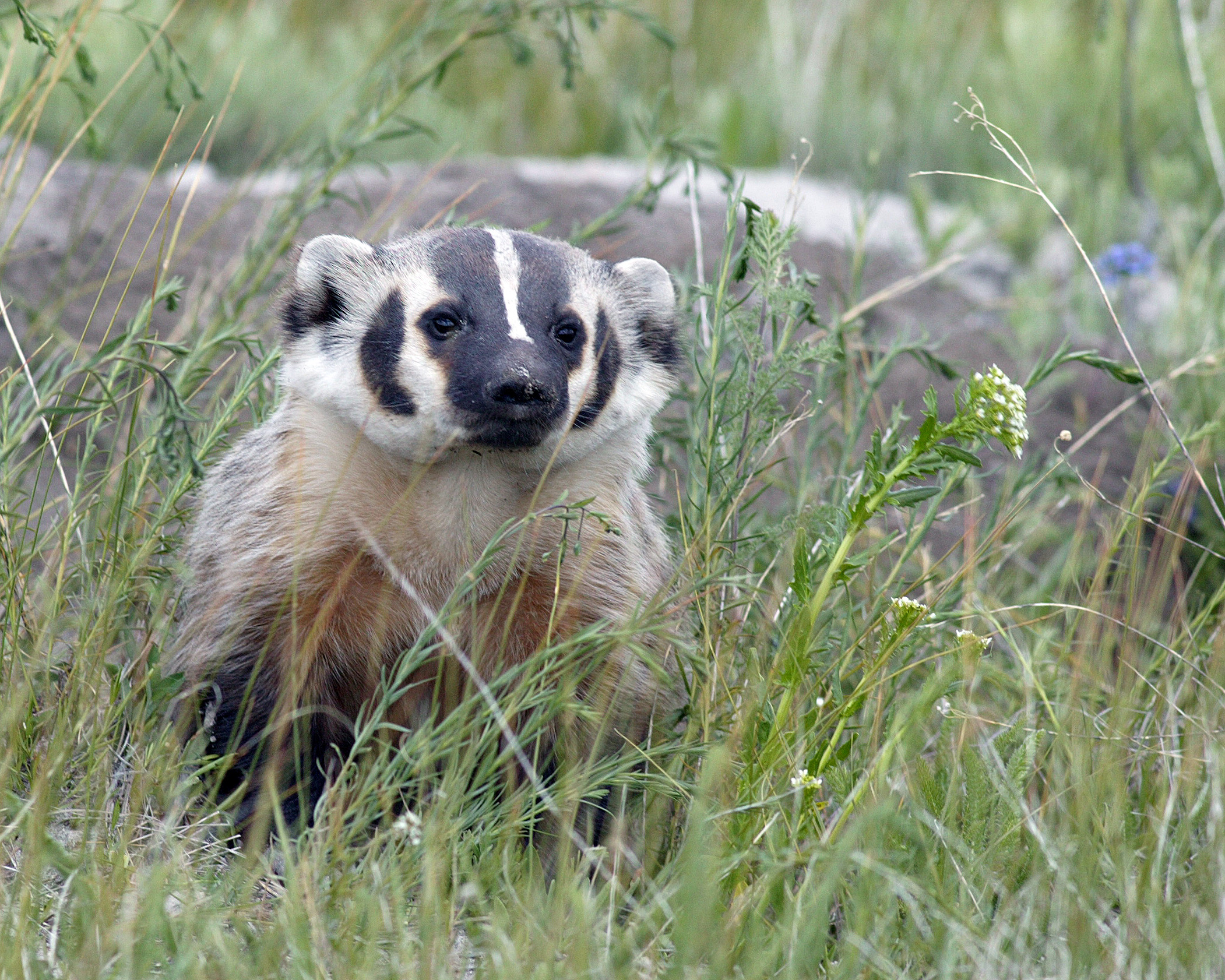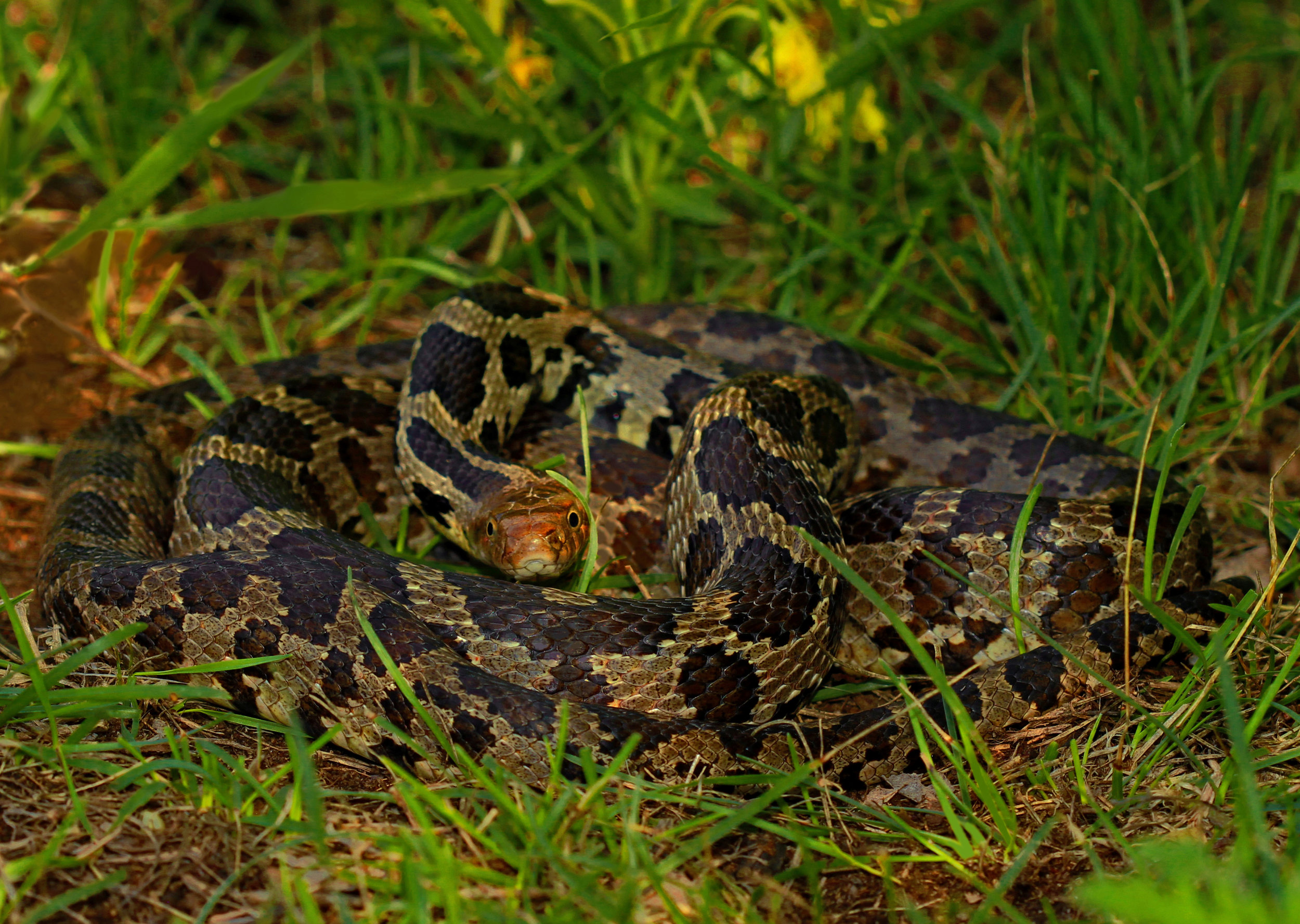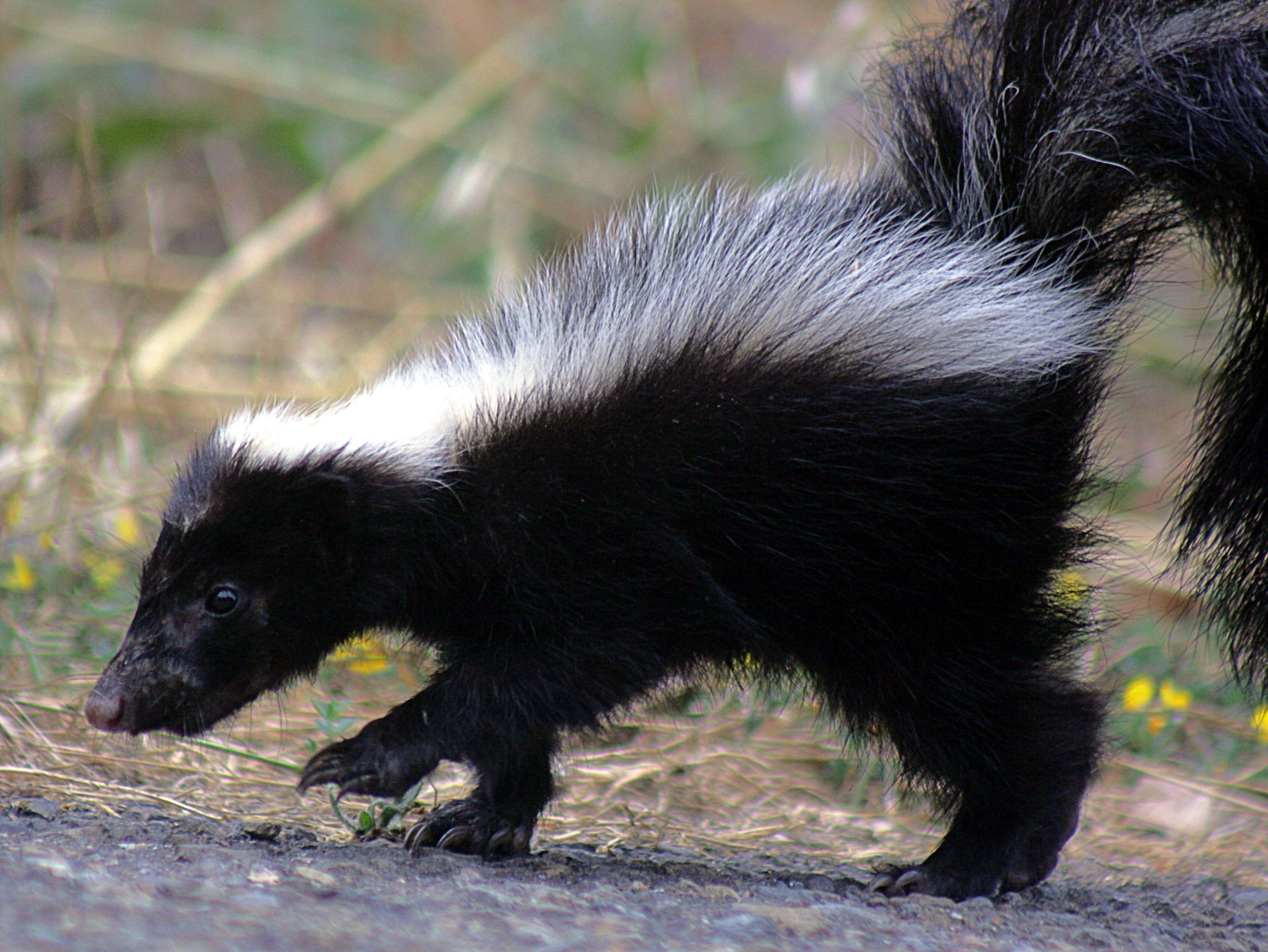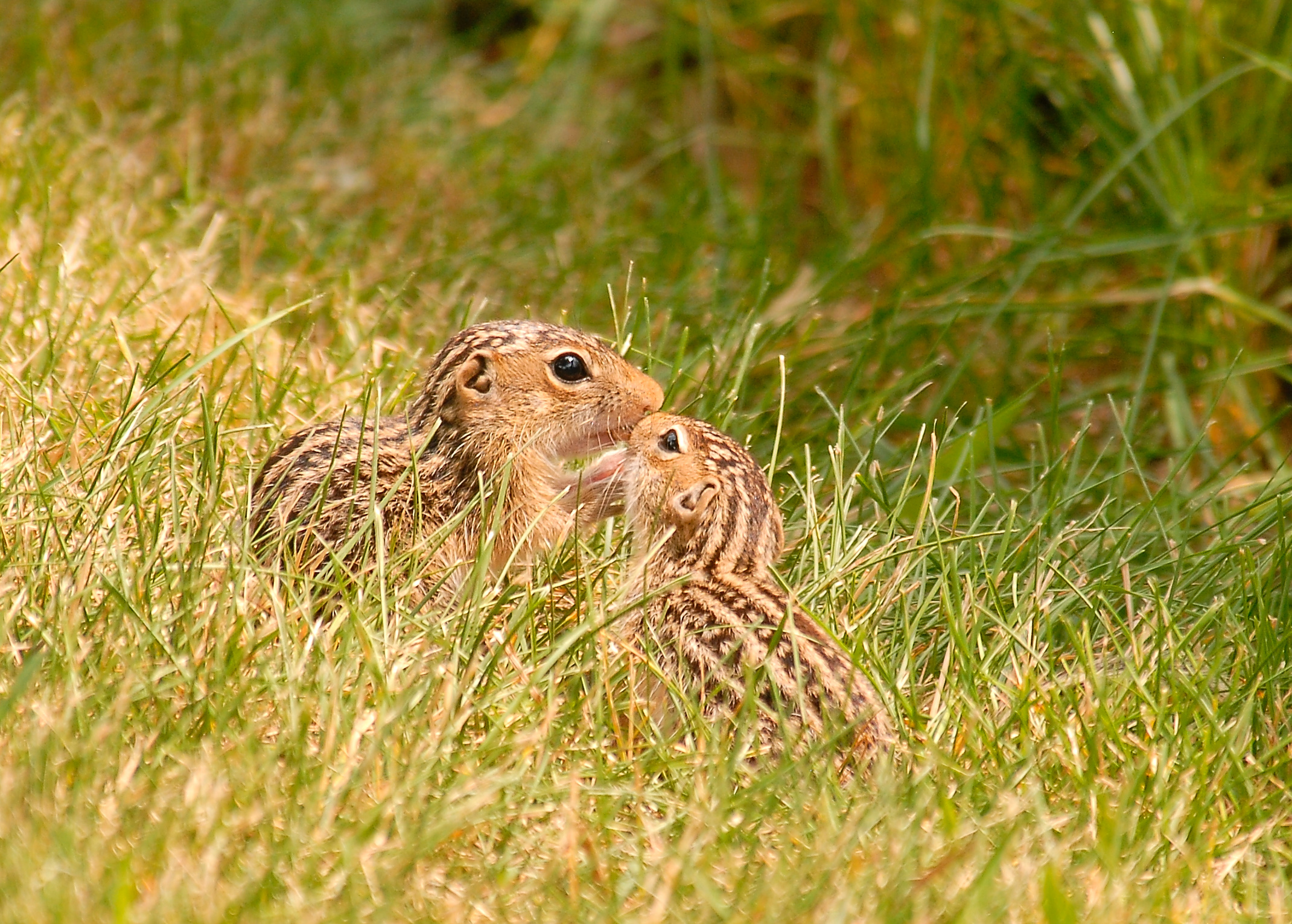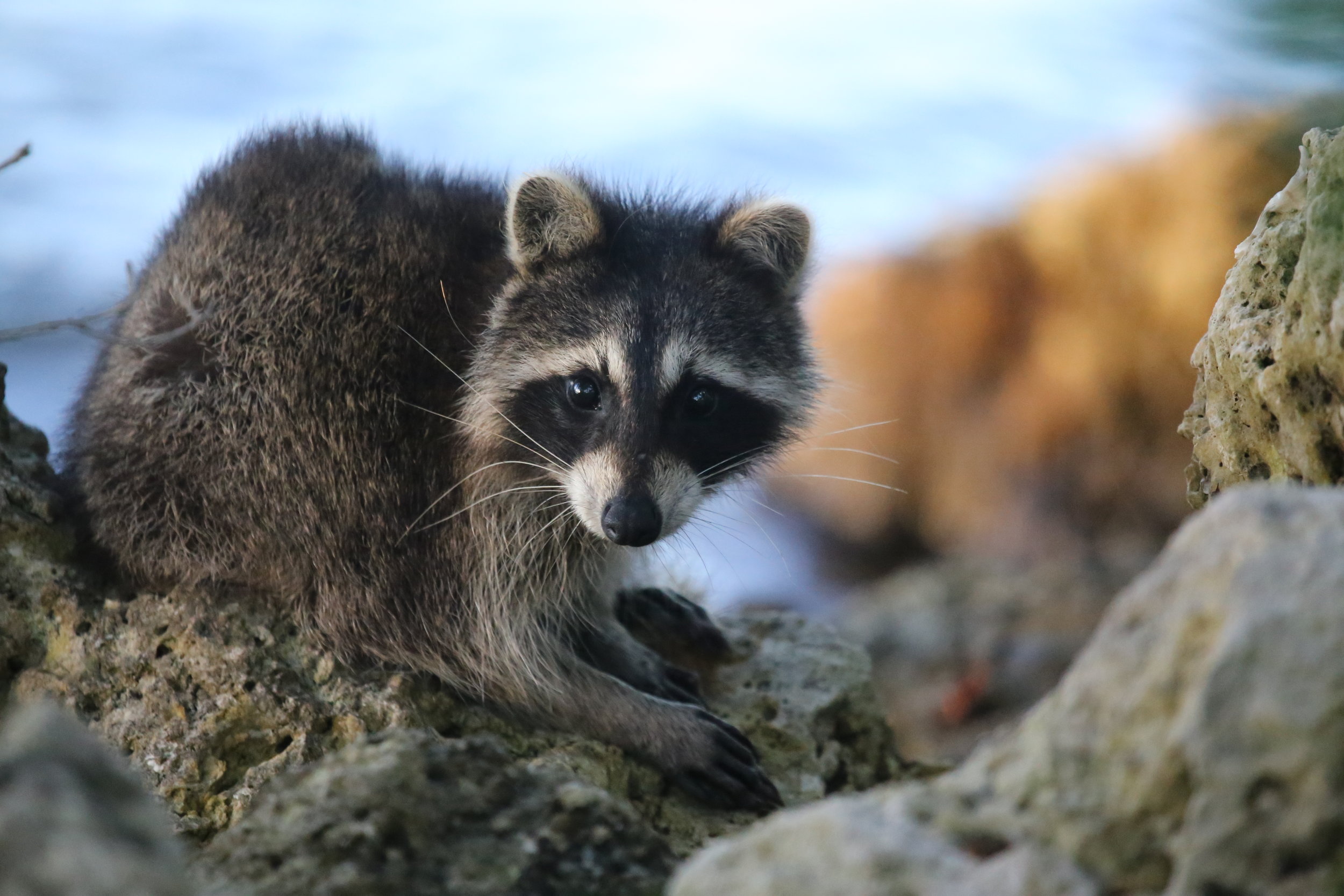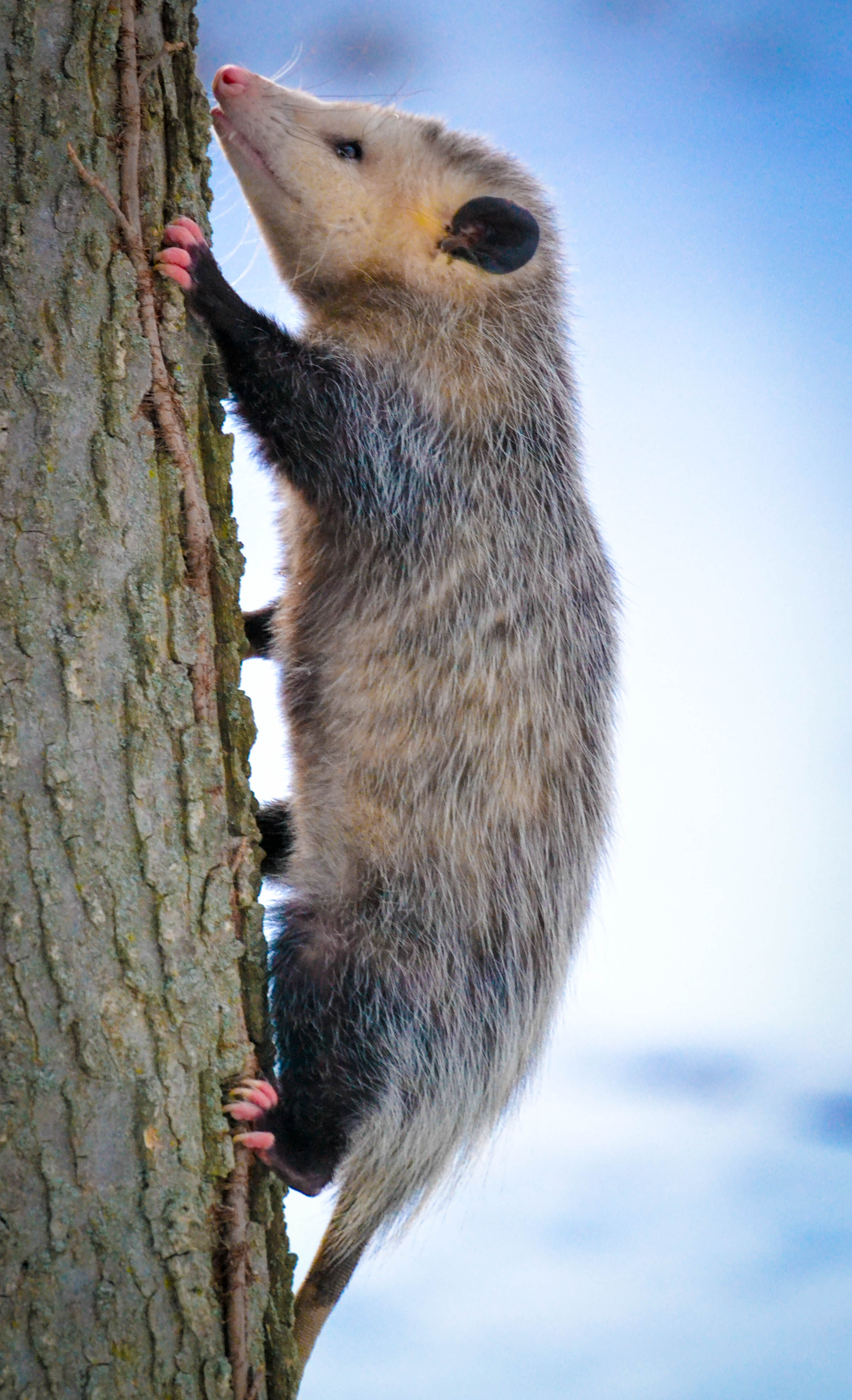This series highlights the fascinating and marvelous ecology of grassland bird nesting, written by Madison Audubon education director Carolyn Byers. Click here for all of the Into the Nest posts.
I think by now you all know that grassland birds face a lot of challenges during the nesting season. A lot goes into every young bird that finally leaves its parents! The timing of egg laying, the number of chicks in a clutch, and number of days spent incubating eggs are things that evolution has honed to perfection. The length of time chicks spend in the nest is another fine line that birds walk.
While adult birds and eggs are vulnerable during incubation, they are at even greater risk after chicks hatch. Most of our grassland birds are altricial as chicks, and need to stay in the nest long enough to be reasonably mobile when they fledge. However, chicks are also very vulnerable in the nest: they stay in one place, and the noise and activity surrounding the nest can attract predators. These birds need to balance the benefits of staying in the nest until they are able to fly to forage and escape predators with the potential risks of being found by predators while still in the nest.
These dickcissel chicks are 8 days old and close to leaving the nest. Staying put a few extra days could make them better at surviving once they’re out of the nest... but it also makes them easier targets for predators. Photo by Carolyn Byers
Grassland birds naturally face higher predation rates than other species. While their nests are very well hidden, predators still have fairly easy access to them. No need to climb trees or peer into cavities. A nose to the ground snuffling through the grass will do the trick. During my thesis work, about 30% of our nests were depredated, while only 44% fledged chicks (the remaining 26% failed because of weather, infertile eggs, abandonment, etc).
This blissful grassland carries as much opportunity as threat to grassland nesting birds. Photo by Joshua Mayer
Grasslands have their own suite of predators, all of which are fascinating animals that are just trying to fill their bellies or feed their babes. While it was always hard to discover that one of my nests had been depredated, I tried to remember that every living thing needs to eat something else (except plants, of course- the ultimate vegans!) Badgers, thirteen-lined ground squirrels, and fox snakes were the most common prairie predators we saw on our nest cameras.
American badger, fox snakes, striped skunks, and thirteen-lined ground squirrels are all a part of the grassland ecosystem. Photos by James Perdue (badger), Peter Paplanus (fox snake), TJ Gehling (skunk), and Josh More (squirrel).
Our grassland birds also need to watch out for other predators- ones that are visitors from different habitats. Grasslands used to be wide open spaces that woodland predators avoided. No cover, nowhere to hide- inhospitable, indeed. Humans have fragmented the grassland landscape, either by changing the habitat directly (agriculture, suburbs, cities) or by suppressing fire and allowing woody growth. In either case, it allows new predators access to grassland bird nests. Milk snakes, opossums, and raccoons all visited our grassland bird nests. We even had an occasional white-tailed deer making off with chicks!
Milk snake, opossum, raccoon, and white-tailed deer are typically woodland predators. They visit grasslands that are near woody areas looking for an easy meal. Photos by pverdonk (snake), cuatrok77 (raccoon), Andrew Cannizzaro (Virginia opossum), Shane Kemp (deer).
How to help grassland birds:
Predators are a natural part of life if you’re a grassland bird, but we can ensure we don’t make life too easy for them. If you help manage grassy habitat, removing invasive woody species is great! This helps keep the predator suite restricted to those that grassland birds evolved alongside.
We work hard at our sanctuaries to remove invasive shrubs that harbor uninvited and unnatural guests. Photo by Drew Harry
If you’re out in the field and happen to find a nest, take care not to help predators find it too. Never kneel down at a nest, and try not to disturb the vegetation. Always walk straight past the nest to avoid leaving a dead-end trail leading to the chicks. For more information on what scientists do to ensure their research doesn’t increase predation rates, visit my website.
A lovely stroll in the prairie can become dangerous for grassland nesting birds if we pay too close attention to their nests! MAS Photo
Nest Videos:
In the videos below, we see the process of natural predation of grassland bird nests. Birds have very little defense against mammal predators, so these stories usually do not have happy endings for the birds.
Please note that these videos show real predation of nests. Guard your heart!
Thirteen-lined ground squirrels are one of the most common nest predators in grasslands. They’re a native species that need to eat and feed their babes, which makes this video a little easier to watch. The dickcissel chick in this nest is about three days old.
American badgers are another grassland predator, and we were really fortunate to capture them on camera. We think this may be a lactating female with kits, since they are usually more active at night. She’s after those extra calories to keep her young fed!
* * * * * * * * * * * * * * * * * * * * * * * *
Dickcissels are a beautiful, migratory grassland bird that benefits from the Migratory Bird Treaty Act. Photo by Kelly Colgan Azar
This summer, to celebrate Year of the Bird and 100 years of bird conservation under the Migratory Bird Treaty Act, we’ll be posting regular articles about grassland bird nesting ecology. My M.S. thesis focused on grassland bird nesting ecology, and I’m excited to share my knowledge—and stories from the field- with you! We’ll go into the nest to learn about chick behavior, adult sleep habits, feeding and fledging. We’ll discuss predation and learn about how adult birds respond to different predators. You’ll get to see beautiful photos of nests, eggs, and chicks, as well as video footage straight from the nest! Best of all, the next time you’re out hiking in your favorite Wisconsin prairie, you’ll feel a bit closer to the birds you love.
If you’re interested in reading more and can’t wait for the next post, you can read more about my thesis work here.
Stay tuned for our next edition of Into the Nest, coming soon!
Written by Carolyn Byers, Madison Audubon education director





